Hello History Buzz readers! We’re three months into our History Buzz experiment, and I’d love your feedback on how we’re doing. I’d like to know more about you, what you’ve liked, what you haven’t liked, what you want more of. If you haven’t yet would you do me a favor and fill out our first reader survey?
How about using this for a close shave? Often referred to as a cut throat, this was once the only choice of razor.
It seems that man has been shaving since before recorded history. Sharpened clam shells, flint and shark teeth have been found in prehistoric caves and it is thought that 60,000 years ago man shaved with these items. Razors of gold and copper have been found in Egyptian tombs of the 4000-3000 bce period and were used by the Kerma culture of Sudan in 2500-1500 bce. Livy, the Roman historian, writes that the 5th king of Rome, Lucius Tarquinius Pricus, introduced shaving in the 6th century bce.
Shaving didn’t advance much until the 1700s, and the modern straight edge razor.
In the 1740s, the straight edge razor was introduced in Sheffield England. Steel craftsman Benjamin Huntsman discovered a “blister steel” process which allowed slag and other impurities to be removed from the molten metal. The result was a finer steel that could be poured into various shapes of molds. Sheffield silver steel became famous for its deep gloss finish, is considered a superior quality steel.

By the late 1800s, century, cutlers in Sheffield, England, Thiers, France, Solingen, Germany and the US were producing straight-edge razors using Huntsman’s process. The shape and designs didn’t change much in the 100 years. The razor handles were usually made from wood or horn, but sometimes silver was used. A notch was added to the blade for greater ease in flipping the blade from the handle. Small, serrated notches were sometimes added at the top of the blade for easier gripping. A curved piece, called a “tang” was added on the end of the blade, above the handle. This provided a resting place for the barber’s little finger when shaving a patron.
Shaving was generally done by either by servants or barbers. Being shaved by a barber was considered a necessary practice for a gentleman. Barbers were highly skilled at shaving, well-practiced on a range of faces and types of hair, and they had all the creams, lotions, and tools needed for the task. For many men, it was a luxurious, relaxing daily experience, but costly.
Shaving oneself was too difficult with a straight edge blade. The razor blade was very sharp and dangerous. It earned the cut-throat nickname in the 1800s when it was the weapon of choice for robberies and murders.
All that changed in the mid-1800s. William S. Henson, in 1847, produced a razor with blades set at right angles to the handle. The blades were smaller and set in a metal casing. This didn’t require as much skill to produce a close shave. Men could do their own shaving without having to visit a barber. Improvements followed to make the razor safer. In 1880, the term, ‘safety razor’ was patented by Frederick, Otto and Richard Kampfe. Their razor, called the ‘rake’ added clips to the blade for safety.
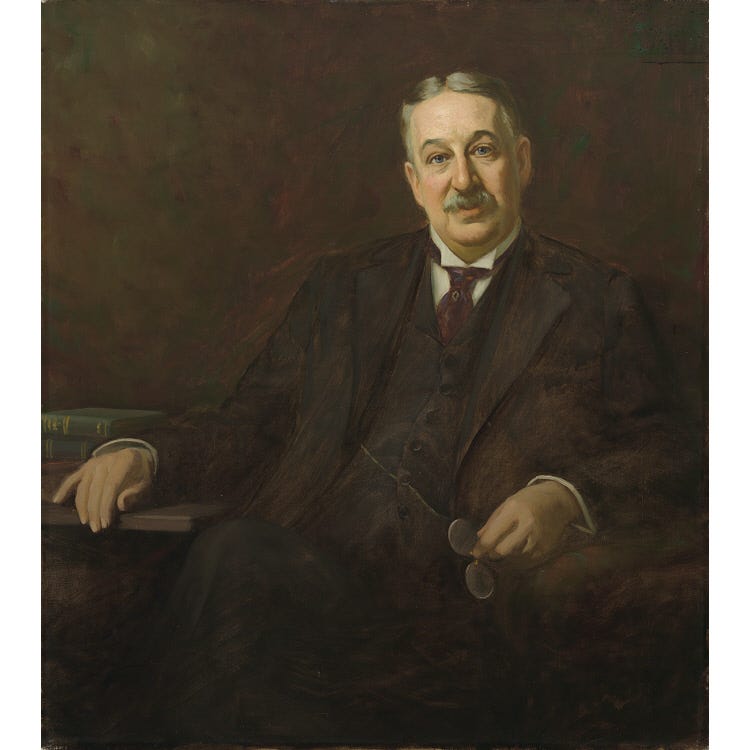
The most major change came at the very end of the 1800s. King C. Gillette turned the straight edge razor industry upside down. A traveling salesman, in 1895, Gillette was inspired by the ‘lost leader’ concept in advertising. With the help of MIT professor William Nickerson, Gillette developed a safety razor with replaceable blades. Patented in 1904, this safety razor became a highly desirable option. The blades could be thrown away when dull or beginning to rust. I was a simple process to have a sharp blade. The actual razor was sold at a price loss. However, the necessary replacement blades were sold at a high-cost margin and meant a continuous sales flow.
At the start of WWI, Gillette signed a contract with the US Armed Forces to provide free razors to all enlisted men or officers off to Europe, as part of the company’s product testing plan. At the end of the war, about 3.5 million razors had been placed in the hands of the military. A large portion of the American had been converted to using Gillette’s safety razor and razor blades.
And the Boston based Gillette Company took off! However, King Gillette didn’t stop there.
At the start of the 1900s, women’s fashions were changing. Sedately long skirts and sleeves were no longer fashionable. The styles became more relaxed with sleeveless dresses and shorter hems. With the Roaring 20’s, women bared their arms and underarms!
In 1915, Gillette created the first women’s razor. The advertising campaign directed attention (and concern) specifically to women’s underarms.
In another ad, Gillette states that its razor is for "the modern woman" in an appeal to women to start using the product or be left behind. It places importance on buying a razor and shaving: "A Refinement which has become a Modern Necessity."
Women’s magazines were devoured during this era for fashion advice, household tips, and women's advice. Harpers Bazaar, in 1922, was one of the first women’s magazines to target underarm shaving as well as legs. During the 1920s, ads for razors and other hair removal products ran seasonally during summer months when women exposed more skin.
The next major invention was by Jacob Schick in 1928, the electric razor. It was called the ‘Magazine Repeating Razor.’ Unfortunately, with the 1929 stock market crash, sales did not take off. However, Schick opened a factory and refined his razor design. He created the ‘Injector Razor’ that was a smaller, sleeker model. The electric razor created a new market of dry shaving. In the 1940s, the electric razor gained in popularity. Electric razors made the daily shave, fast and easy.
The advances in razors just keep coming!
What kind of razor do you prefer?
Thanks for reading!
Marilyn Helmers
Please comment here or send me an email mhelmers@andoverhistoryandculture.org.
I’d love to hear your shaving stories.
Resources
Andover Center for History and Culture Collection
Bellis, Mary. "The History of Gillette and Schick Razors." Thought Co, Oct. 23, 2020
History of Traditional Shaving





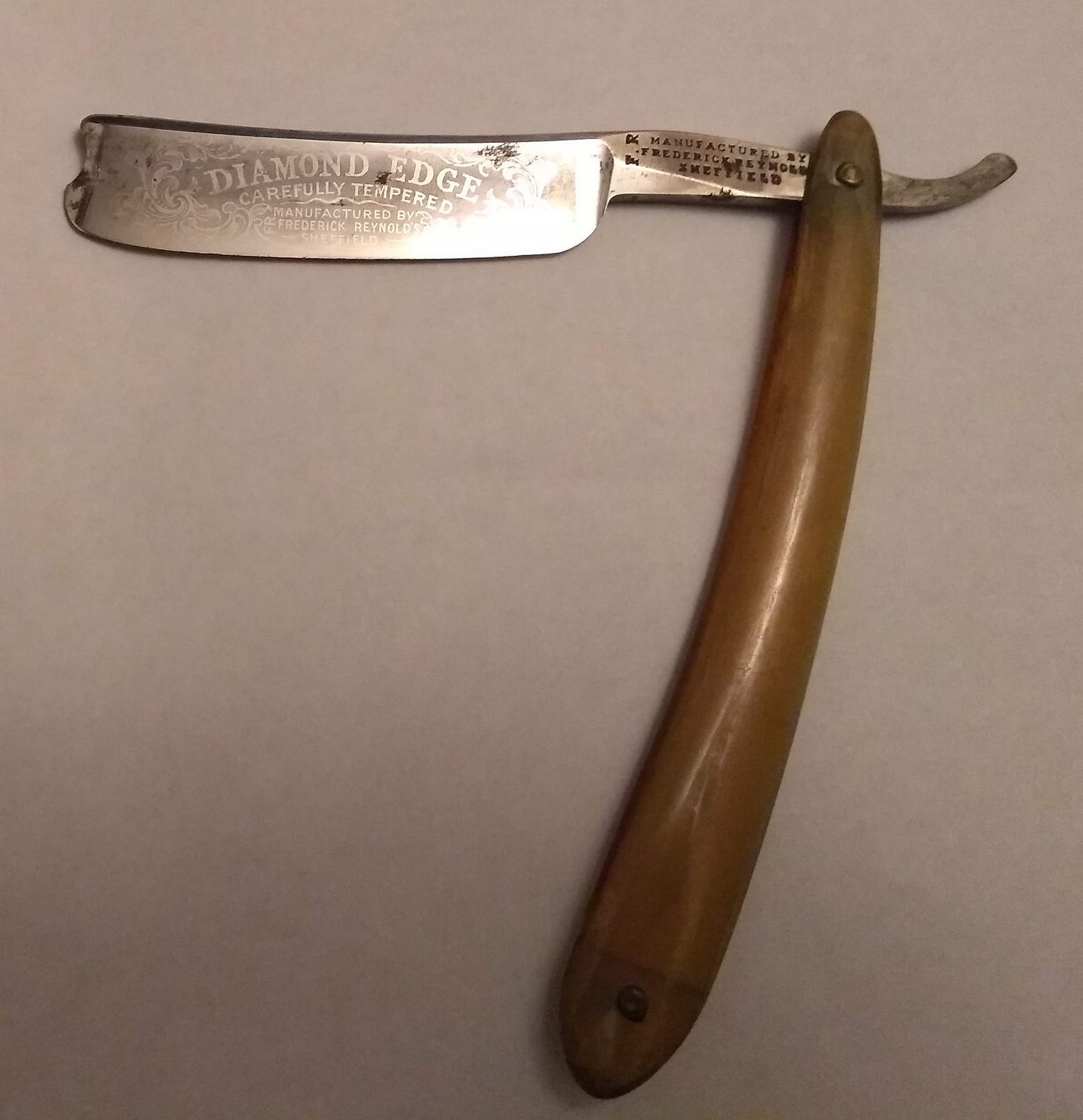
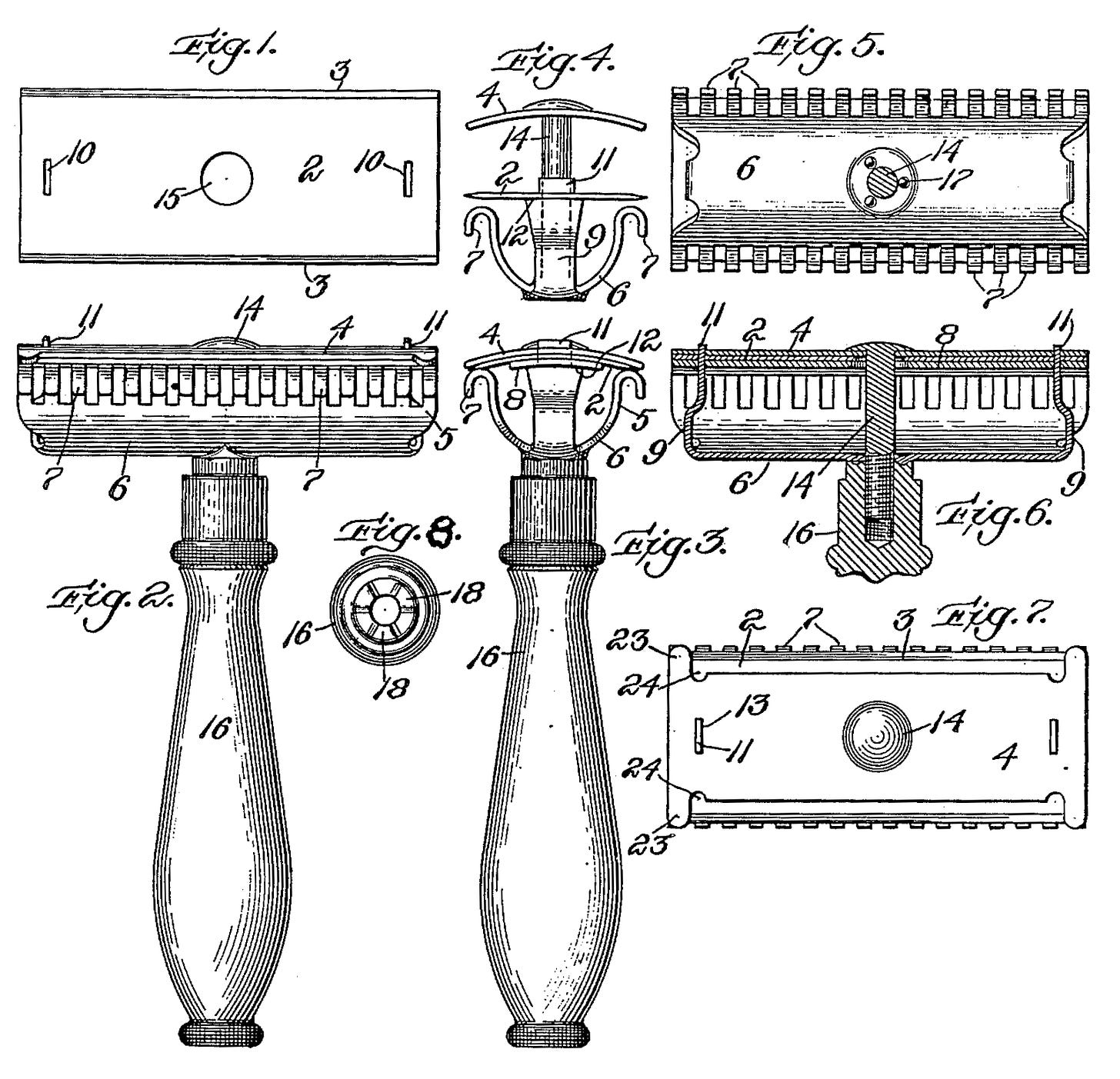
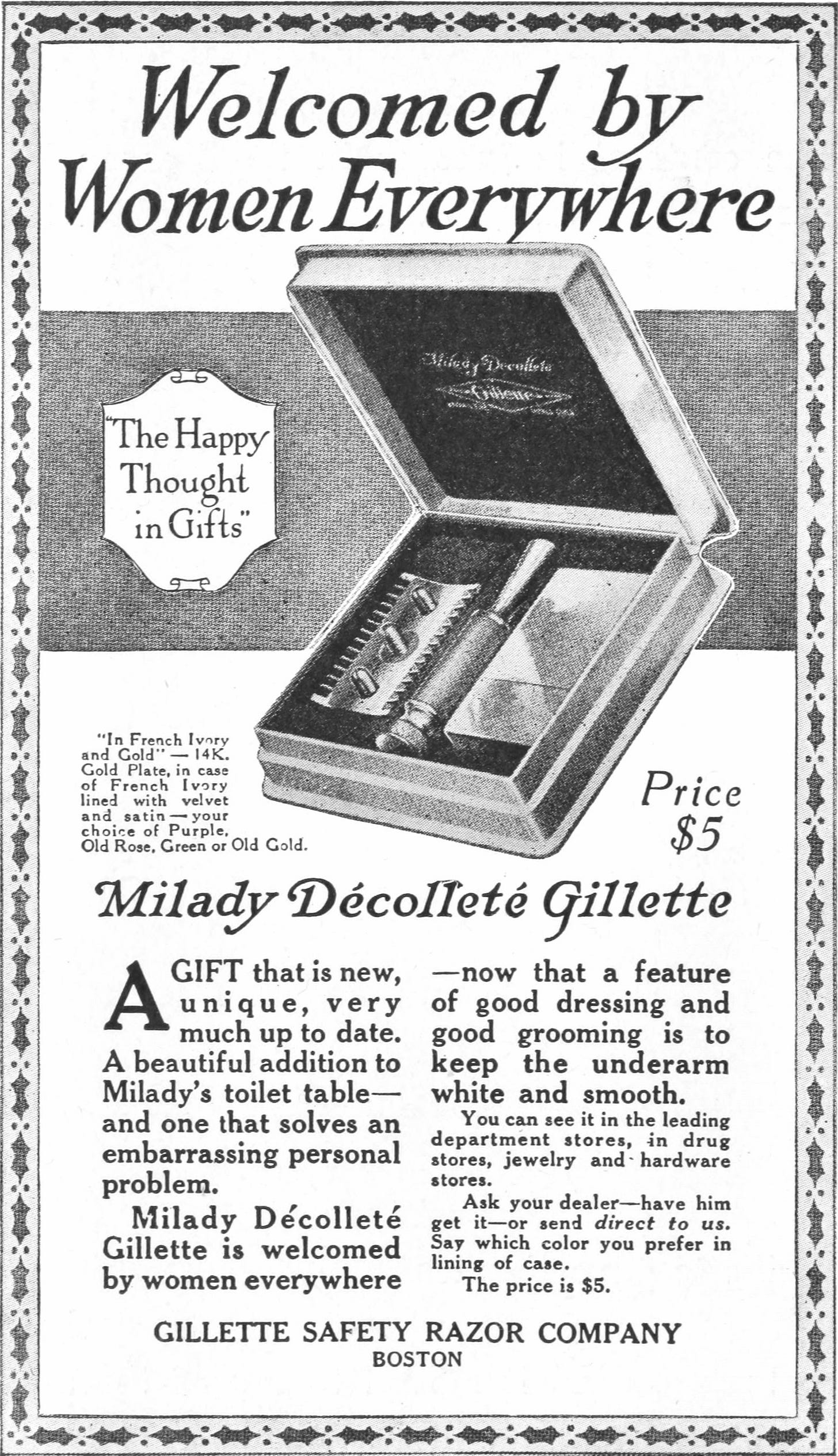
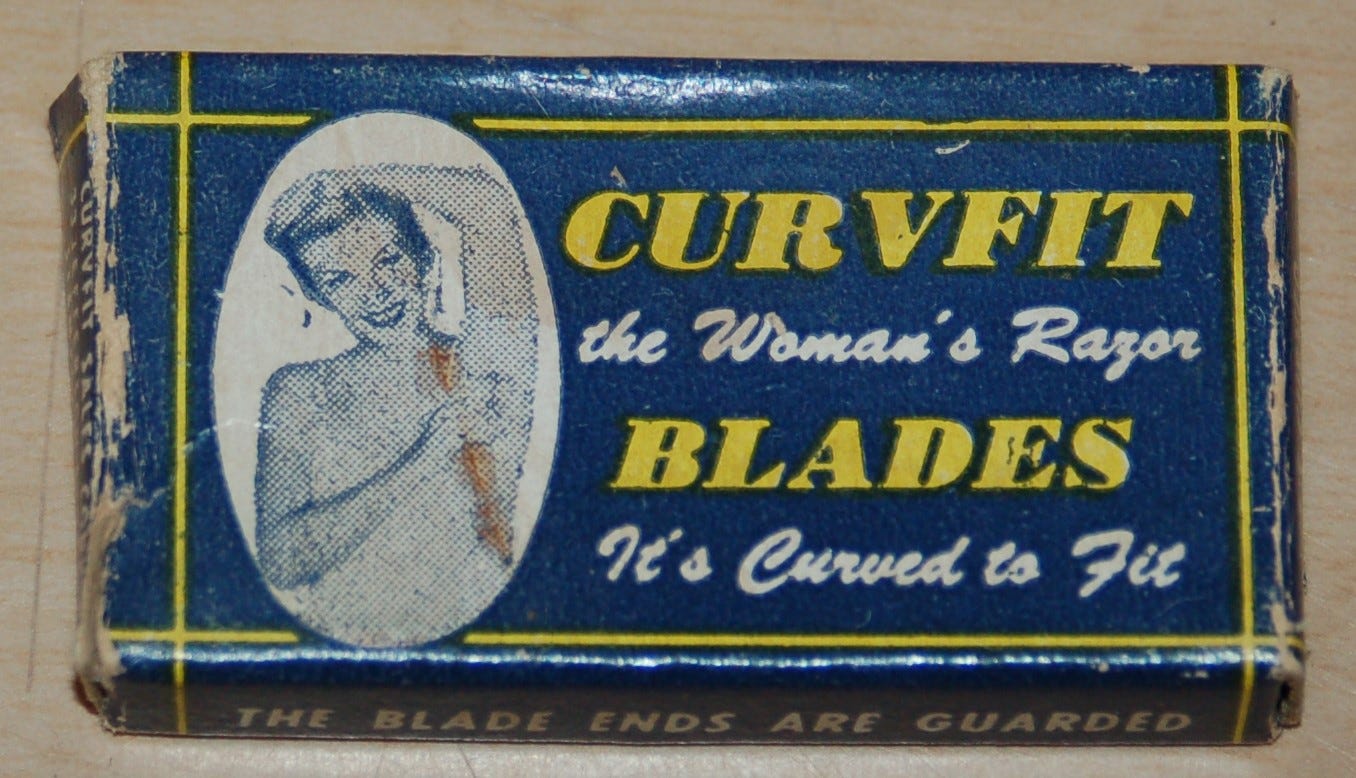

Fascinating articles! Looking forward to the next issue.